Agroecology, Permaculture and Biodynamic Agriculture, all set different frameworks and principles for the purpose of creating thriving food systems for the benefit of the community at large, from the bacteria in the soil to the worker in the field. More precisely their common goal is to improve biological efficiency and preserve diversity so the Agroecosystems can promote their own soil fertility, productivity and crop protection. All these sustainable agriculture concepts achieve this by using the principal of living organisms and by mimicking the structure and function of natural ecosystems. Even though these concepts try to solve similar problems using nature as a teacher they also differ. The distinctions are found in the scope of application, the focus, the techniques and the people, which we will explore in more detail below.
Permaculture
Permaculture is a philosophy and an ethical design system developed by David Holmgren and Bill Mollison in the late 1970s. It aims at consciously designing landscapes which “mimic the patterns and relationships found in nature, while yielding an abundance of food, fibre and energy for provision of local needs”1. It discerns between the “visible” structures, such as gardening, building, construction, water, technology, and other land based activities, and “invisible structures” that look at the legal, social, and financial systems that exist in our various cultures. Permaculture uses 3 ethics and 12 principles, which provide the framework to implement this vision. The ethics ensure that the principles are used in appropriate ways and each “principle can be thought of as a door that opens into whole systems thinking, providing a different perspective that can be understood at varying levels of depth and application.” The scope of Permaculture is not limited to sustainable agriculture and the farm but can be applied to things as small as a garden to more complex things such as cities.
Read more about Permaculture
Biodynamic Agriculture:
Both a philosophy and a practice, Biodynamics was developed by Dr. Rudolf Steiner, an Austrian philosopher and scientist in 1924. Biodynamic Agriculture is one of the earliest sustainable agriculture movements and quite a successful one as it is in practice in more than 50 countries and has its own certification process.It focuses on agriculture, nutrition and healing and uses very specific techniques and special preparations made from mineral, plant or animal extracts. Biodynamic emphasizes spiritual and mystical perspectives and uses the astrological sowing and planting calendar. It also looks at social and economic aspects of the farm and the community as a whole.
The biodynamic Association states,“Biodynamics is thus not just a holistic agricultural system but also a potent movement for new thinking and practices in all aspects of life”.
Agroecology
Agroecology is subject to more debate around its definition. The term was first used in 1930 and was referred to as a Science based on the observation of nature. It then evolved to become an agricultural practice and movement.
“It is defined as the application of ecological concepts and principles to the design and management of sustainable agroecosystems, it provides a framework to assess the complexity of agroecosystems” (Miguel A. Altieri, 1995)3. At its most narrow definition, Agroecology refers to the study of purely ecological phenomena within the crop field, such as predator/prey relations, or crop/weed competition.”2
Today, the question of agricultural production has evolved from a purely technical one to a more complex one characterized by social, cultural, political and economic dimensions. Agroecology has emerged as the discipline that provides the basic ecological principles for how to study, design and manage agroecosystems that are both productive and natural resource conserving, and that are also culturally sensitive, socially just and economically viable (Altieri 1995)3.
In Conclusion
Permaculture, Biodynamics and Agroecology, all acknowledge that when dealing with natural ecosystems, one needs a holistic view. They are based on the observation of nature and share a deep respect for the land and everything that inhabits it. When researching for this article, it was funny to notice their evolution; these movements seem to be taking almost a political facet to include social and economical aspects and creating a new framework to enable a change in paradigm. At the end of the day, these different concepts are just many doors to a more sustainable agriculture and life. They overlap as well as offer diversity of applications and perspectives offering something for everyone.
References
- David Holmgren, Essence of Permcaculture, Version 3, April 2004, Holmgren Design Service
- [Susanna B. Hecht, “The Evolution of Agroecological Thought,” inAgroecology: The Scientific Basis of Alternative Agriculture, ed. by Miguel Altieri (Boulder CO: Westview Press, 1987), p. 4. NAL Call # S589.7.A4]Agroecology:
- Download Full PDF: Agroecology and the Search for a Truly Sustainable Agriculture
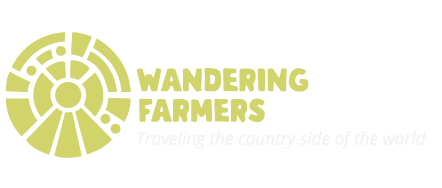
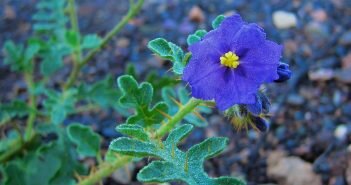
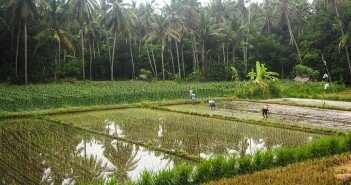
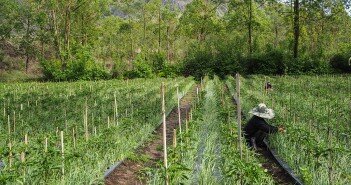
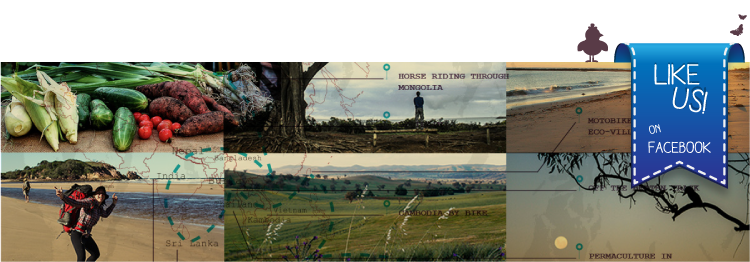
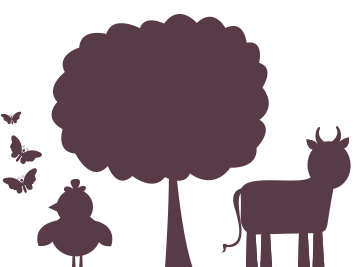
4 Comments
Hi – I wonder if you have come across any organic or biodynamic growers around Manado or Kawangkoan? Thanks, Martin
Hi Martin, no because i didn’t go to this places. But for me Bumi Langit on the Island of Java is by far the best example of Permaculture integrated in the Indonesian community. They can probably point you to other initiative in Indonesia if you contact them.
Hi Marine,
I saw you have been in Cambodia during your trip, did you find any sustainable farms run by local people that are willing to receive volunteers overthere ?
Thank you for your website !
Hi Maria,
Thank you for reaching out,
Actually in Cambodia I choose to enjoy the beach instead cause it was very difficult to find interesting projects there.
Though doing a quick search I found these:
https://www.facebook.com/OM.Farm.Kampot.Permaculture.Food.Forest.Cambodia/
https://www.permacultureintl.com/cambodia-farm
https://permaculturenews.org/2011/09/03/a-small-productive-fruit-farm-in-cambodia/
A permaculturiste named Rico Zook seems to involved a lot in Cambodia, maybe you can reach out to him somehow.
Always check workaway for new project as well.
Please let me know if you come across interesting project I will love to feature them on my blog
Thank you and good luck